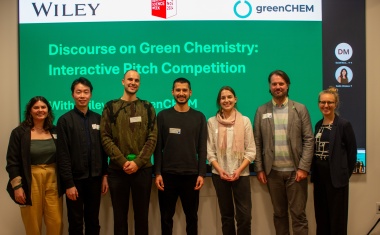LabTwin Launches Voice-Powered Digital Lab Assistant

LabTwin is creating the next generation of digital lab tools, starting with the world’s first voice-powered lab assistant. With LabTwin’s assistant, scientists can collect data, manage experiments and reagent inventories, and streamline documentation simply by talking. LabTwin, an independent Berlin, Germany-based company, is backed by Boston Consulting Group Digital Ventures (BCG Digital Ventures) and biopharma supplier Sartorius.
Using the voice and AI-powered digital lab assistant scientists can take notes, capture data, create supply lists and set timers or reminders from anywhere in the lab just by talking. LabTwin uses machine learning and voice-recognition technologies to streamline workflow in laboratories around the world. Researchers from top-tier research institutes such as the University of California, San Francisco (UCSF) and Deutsches Primatenzentrum, and top biopharma companies have been quick to adopt the voice-powered assistant.
“Digital assistants will free employees up to work on the things that matter most. New forms of interactions such as voice or image recognition, in conjunction with machine learning technology, will push businesses further than ever before,” said Magdalena Paluch, LabTwin CEO, and co-founder. “LabTwin has the power to accelerate communication, unleash creativity and increase productivity by unshackling scientists from keyboards, desktops and hard-to-access folder structures. It’s the digital twin always within reach.”
BCGDV and Sartorius have both lent their support to LabTwin’s mission. BCG Digital Ventures incubated the product and company, providing funding, consulting, design and engineering resources, while Sartorius shared funding, industry knowledge and user contacts.
“At Sartorius we see first-hand the problems scientists face in the lab. They have to interrupt experiments to take notes, search for information and check experimental conditions. LabTwin solves this gap by providing a voice-activated personal lab assistant that literally works alongside the scientist,” said Joachim Kreuzburg, CEO of Sartorius.
“LabTwin is a game-changing technology,” said Arndt Roller, Partner at BCG Digital Ventures. “It has the potential to reduce experimental error, improve R&D efficiency and shorten product development timelines.”
LabTwin is a collaborative venture resulting from a shared interest in creating digital tools to empower scientists. To achieve this goal, the company is open to exploring possible partnerships with other industry players and leading academic institutions.








